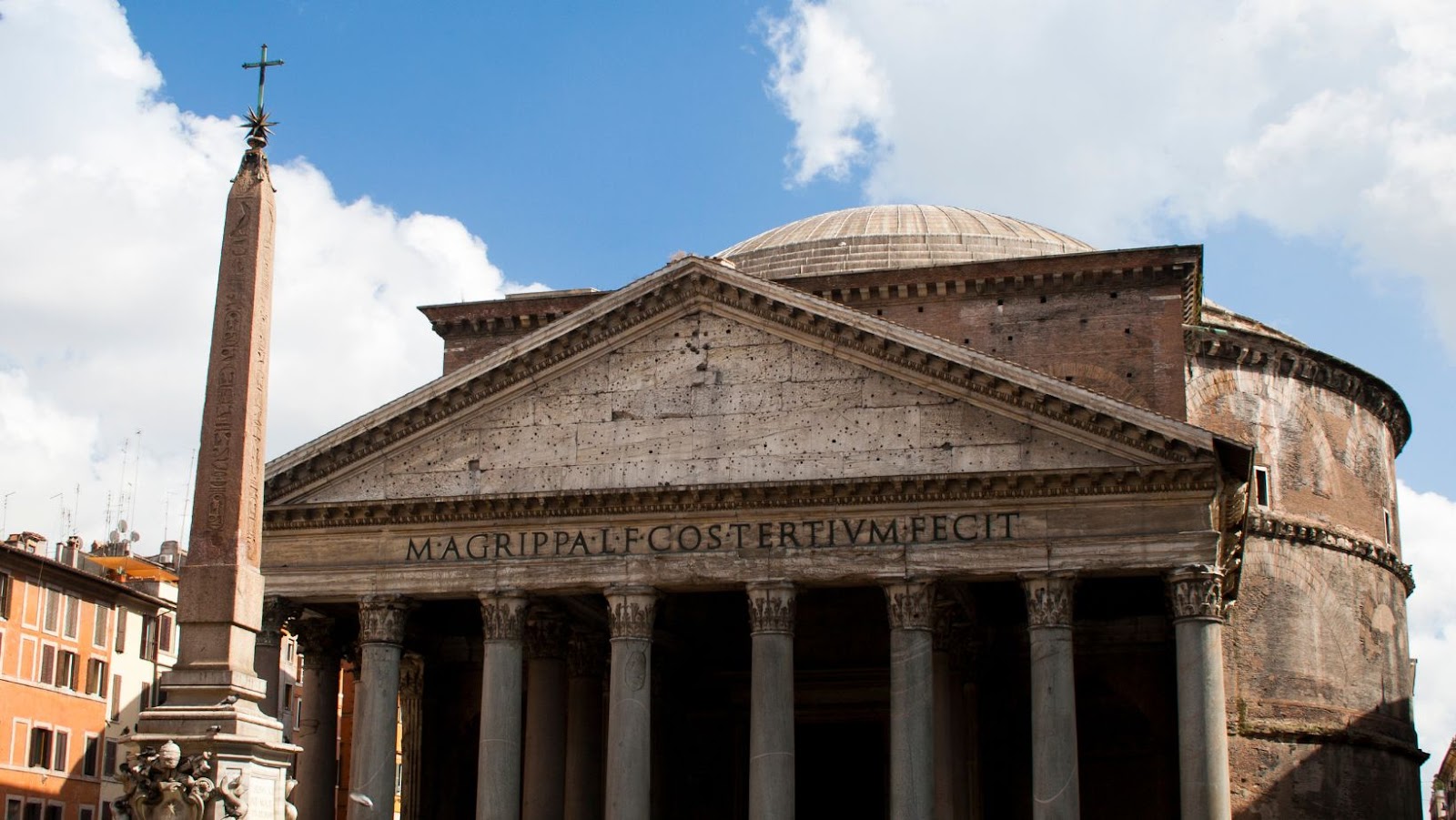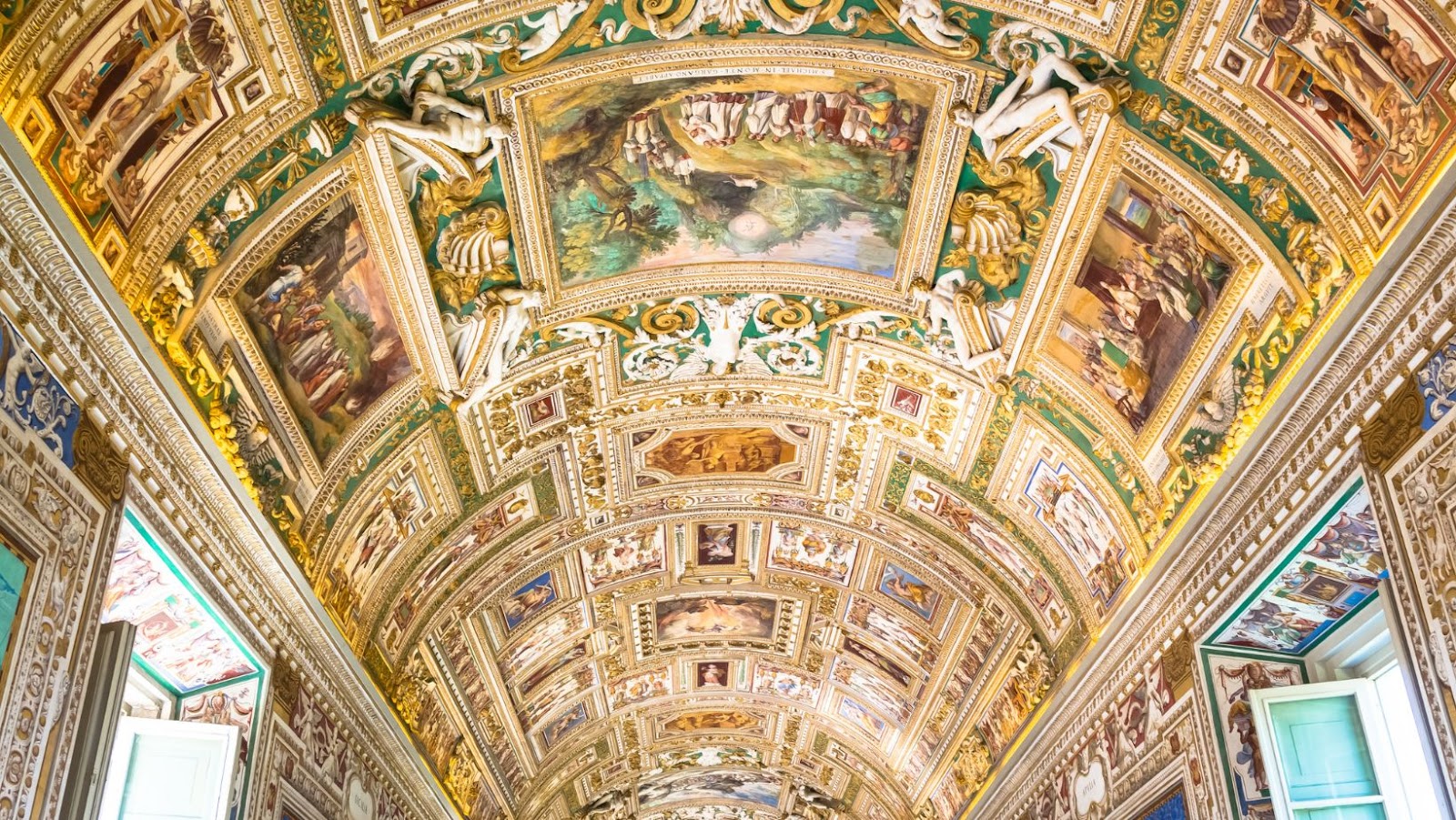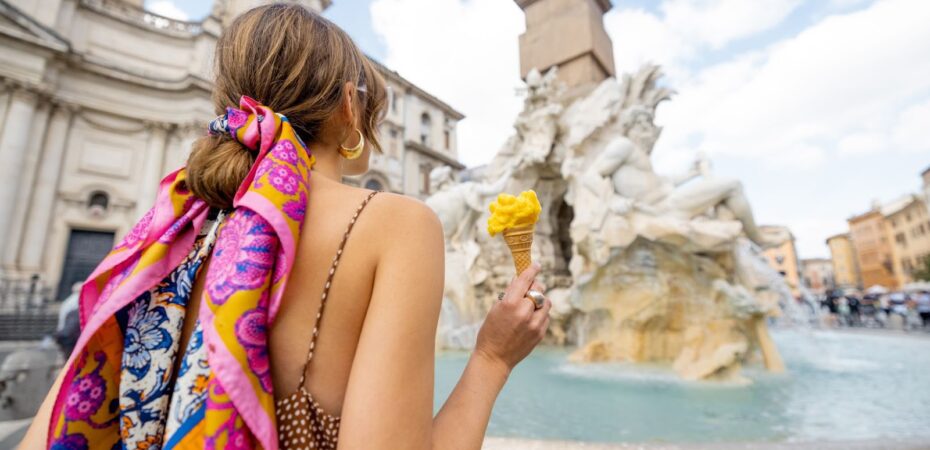It can be overwhelming to travel to a large city, particularly one that is rich in a culture like Rome. With a legacy that spans more than 2,000 years of history, the ancient city has many archaeological landmarks that attract tourists from all over the globe. Knowing what to fit into your itinerary is vital, especially if you are visiting for just a few days. Whether you want a guided whistle-stop tour of the city or plan to make your own way around, we’ve put together our essential list of historical sites to visit in Rome.
The Colosseum
The most popular and renowned historical site in Rome is the Colosseum, with over seven million visitors each year, and for very good reason. What was once the largest amphitheater in the Roman Empire is now an insightful look into the lives of Roman citizens and the brutality of the fighting during this era. You can even tour the corridors underground where brave gladiators would prepare themselves for battle.
The Colosseum was constructed as a gesture to create an obvious distinction between Emperor Vespasian and his predecessor. Vespasian had helped to bring the Roman Empire back from the brink and built the Colosseum for the citizens of his city – a selfless act, unlike Nero, the former emperor. Unfortunately, he didn’t see the end of its completion, which was eventually opened by his son Titus in 80 A.D. The landmark was widely received, fitting 50,000 spectators at its busiest, with a spectacular appearance made up of marble and stone – this is despite being built in a short space of time. Since the fall of the Empire, the Colosseum has witnessed destructive forces and natural disasters that have led to its slightly deteriorated appearance in the modern day.
The Pantheon
A must-see attraction for anyone visiting Rome, especially since there is no entry fee, the Pantheon is a temple that was built specifically for Rome’s pagan gods and is perhaps the best-preserved monument in the city. Originally, it was constructed by Marcus Agrippa, who was the son-in-law of emperor Augustus. It was badly destroyed during 80 A.D., where it was rebuilt afterward and then burned down yet again in 110 A.D.

Due to a scarcity of written records, not much is known about the present-day Pantheon, including the design and construction period. It is suggested that the monument was dedicated around 126 A.D. by Trajan, who was the predecessor of emperor Hadrian. Historians are also unsure as to why Hadrian included Agrippa’s original inscription on the modern-day Pantheon, confusing those who have tried to uncover its origins. Visitors are able to admire the architecture of the Pantheon and observe the intricate design of its dome above. It should be noted that the Pantheon is a religious site, and tourists must be silent at all times.
Palatine Hill
Considered to be the birthplace of Rome, Palatine Hill, one of Rome’s various hills, is home to some of the most historical and important sites. Legend has it that twins Romulus and Remus had a disagreement as to whoever deserved to be the rightful owner of the village they once founded together. In a turn of events, Romulus took the life of his brother at Palatine Hill, resulting in the city’s name we refer to today. During the Roman Empire, the location was home to some of history’s most prominent figures and was where the first emperor, Augustus, was born. Now, the settlement offers enthusiastic tourists the opportunity to visit excavated buildings, like the House of Augustus and the Palace of Septimius Severus. Here, you can also find the Palatine Museum, which holds various artifacts and historical findings from the pinnacle of Palatine Hill.
The Vatican
The Vatican is an independent city-state located within Italy, governed by an absolute monarchy with the pope at its head. The Vatican’s history at the seat of the Roman Catholic Church started with the construction of the basilica over St. Peter’s grave in the 4th century A.D. in Rome. The church then became a popular pilgrimage site due to the uptake of Christianity.

Tourists in Rome can visit Vatican City and admire its museums and collections of artifacts. There is also the impressive St. Peter’s Square, which contains 284 columns on four rows, with 140 statues of saints watching over the pilgrims in the square. Travelers can even choose to stay in accommodation near the outskirts of the Vatican. Those flying in should organise their Rome airport transfers before they fly to avoid long queues and unpredictable fares.
The Trevi Fountain
An elegant depiction of ancient deities and myths, the iconic 18th-century monument attracts countless tourists each day, keen to throw a coin into the water to guarantee their return to the city. The fountain was originally built on the same site as another earlier fountain that was knocked down a century before. It commemorated the intersection of three famous Roman roads and was the finishing point of the Aqua Virgo – this well-known aqueduct once served the Baths of Agrippa. Any trip here cannot be complete without throwing a euro over your left shoulder into the crystal-clear pool.


 By
By 





